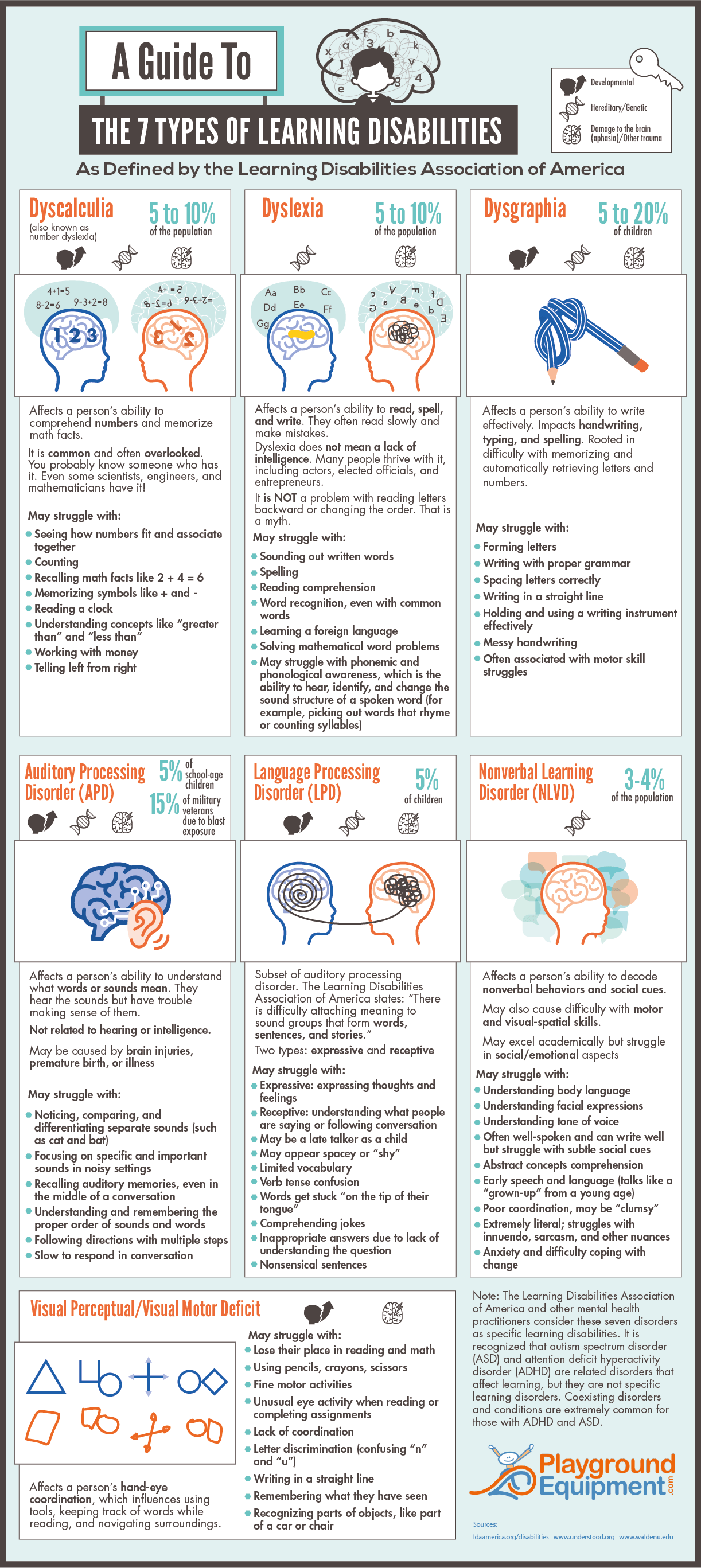
Those of us who are native English speakers often take our grasp of the language for granted. What’s it like to learn English as a second language?
In 1979, only 1.25 million students in the U.S. had limited proficiency. That number has only risen since then.
Spanish is the most common first language for students, with almost three-fourths of students speaking Spanish. Next up: Chinese, Vietnamese, and French/Haitian Creole.
Speaking out loud is a key component of mastering any language, but especially English. Thanks to our pesky pronunciation rules, it’s important that students learn how different consonants and vowels sound.
For Native Asian students, L and R words can be hard. Many other students aren’t familiar with the TH sound.
Teachers also have to teach aspiration, which is a little puff of air after making a sound. Without aspiration, the word will sound unusual to a native English speaker.
Also interesting to consider: When speaking English, we put stress on certain words. For students who speak a language that isn’t stress-timed, this can be a difficult concept to grasp.
If you’re a non-native speaker looking to get more familiar with the language, check out this infographic with basic English grammar.





